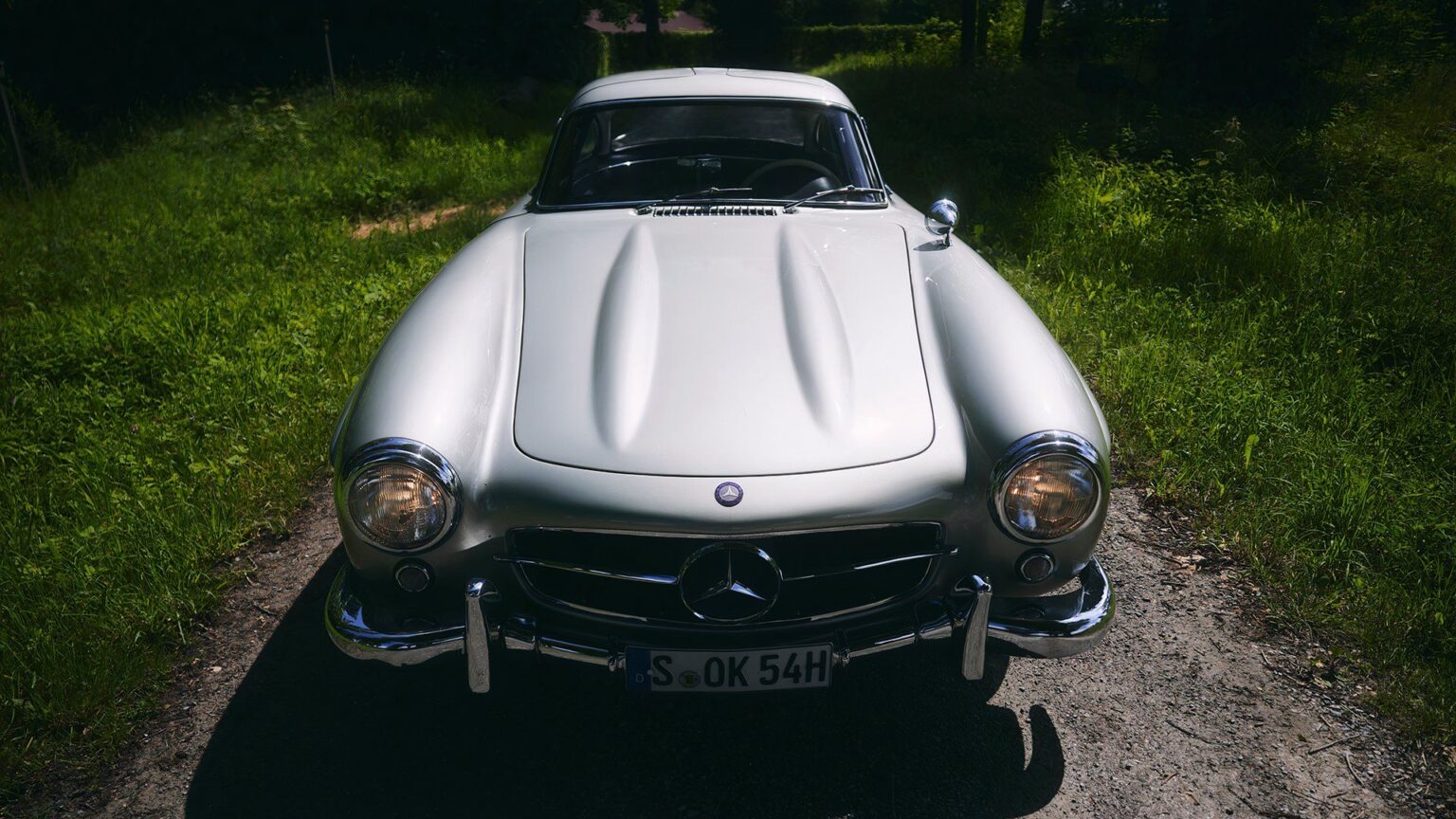Reviving classic models by building new examples from scratch allows automakers to create brand loyalty among the most hardcore and wealthiest enthusiasts. Given the fairly large number of these continuation specials, there might also be a good business case for them.
Jaguar is among the companies most willing to revive some icons as brand-new vehicles. For example, it produced continuation examples of the XKSS, the lightweight E-Type race car, the C-Type, and the D-Type. Meanwhile, Bentley re-launched its Blower model from the 1930s, and Aston Martin brought back variants of the DB4 and DB5.
Mercedes-Benz is one automaker that doesn’t want to revive its classic vehicles as new products. Marcus Breitschwerdt, head of the Mercedes-Benz Heritage Division, was very clear about this when recently talking to our colleagues at CarBuzz.
It Devalues The Real Classics
– Breitschwerdt said when asked about reviving classic models, such as the 300SL.
He had an explanation for this unequivocal response. “It’s a slap in the face of a trustful collector. You depreciate the value [of cars] that are in the hands of people we believe are not owners, but custodians,” Breitschwerdt said.
Instead of building clones of important models, Mercedes-Benz Heritage Division wants to keep the existing ones on the road. The part of the automaker keeps parts available for models for 15 years after a product goes out of production. It also maintains workshops with 65 master mechanics to restore these classics.
Breitschwerdt has his own philosophy about automotive restoration. For example, if a vehicle’s component is still working, he prefers not to replace it because authenticity is more important than cosmetics. “To restore almost always, to a certain degree, means to destroy. You need to be very experienced to rebuild things in the exact original way,” he told CarBuzz.
Want To Own A Mercedes Prototype?
Breitschwerdt offered an idea about how wealthy Mercedes enthusiasts could purchase a unique, classic vehicle from the company. He suggested selling some of the company’s prototypes. “If there would be, for example, one or two prototypes that we did not sell to anybody, we might be interested in making a real street car. That could be a different story,” he said. CarBuzz specifically asked if the C 111 prototype (pictured above) might be for sale. Breitschwerdt was noncommittal by saying: “We have no plans to do so, but this is something I could imagine.”
Mercedes has existed since 1885 and has amassed an impressive collection of vehicles. Among them, there are undoubtedly a few special vehicles that collectors would love to own.
TopSpeed’s Take
Reviving classic vehicles is a fascinating business. However, these cars generally have high prices and limited production runs, keeping them out of the hands of everyday people. Therefore, we can understand Breitschwerdt’s approach to these machines. He wants to take care of the automaker’s most passionate enthusiasts. Let’s keep these classics on the road for as long as possible.
Read the full article here


